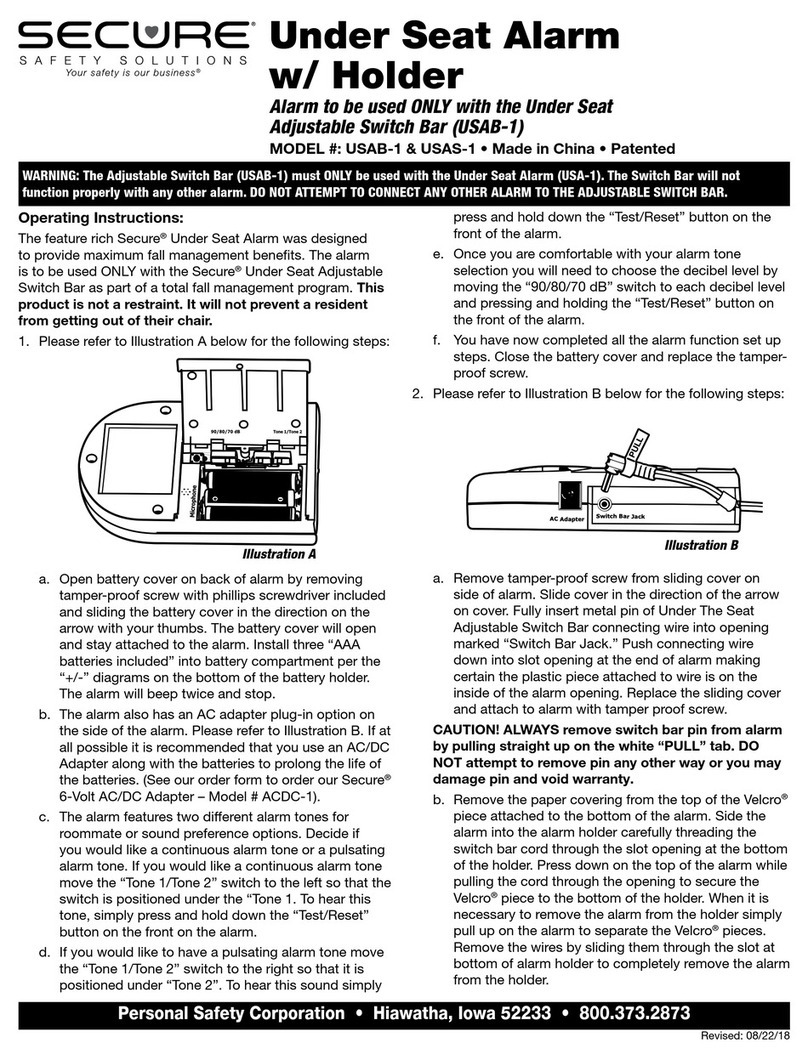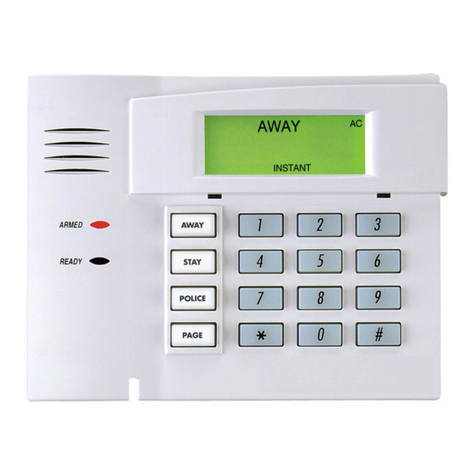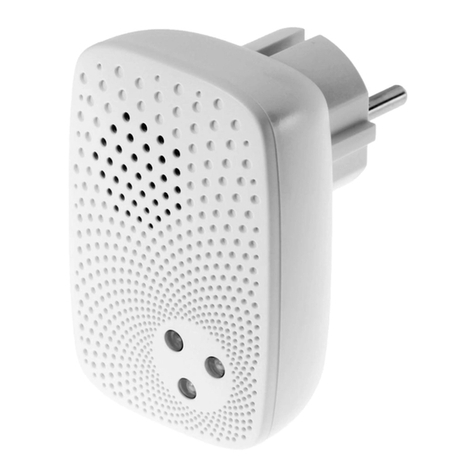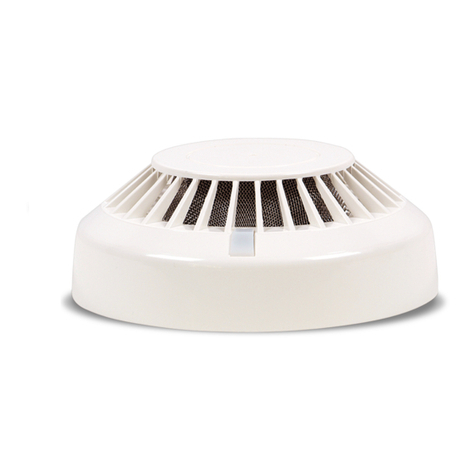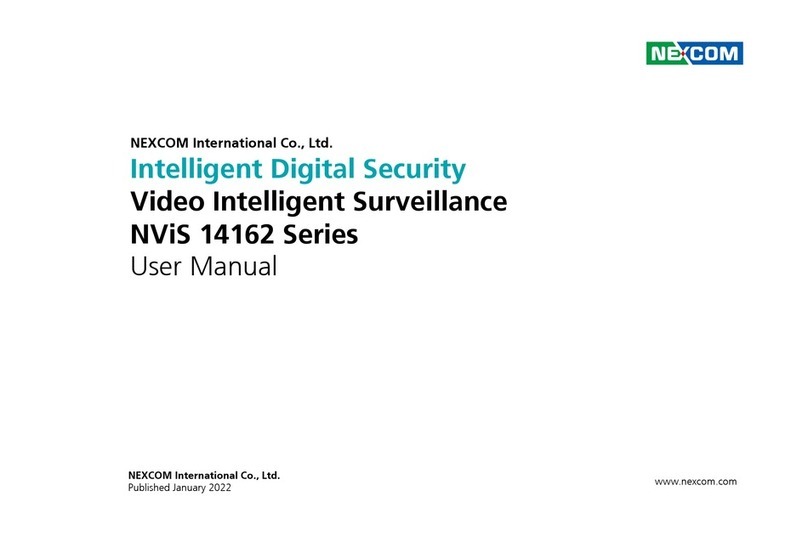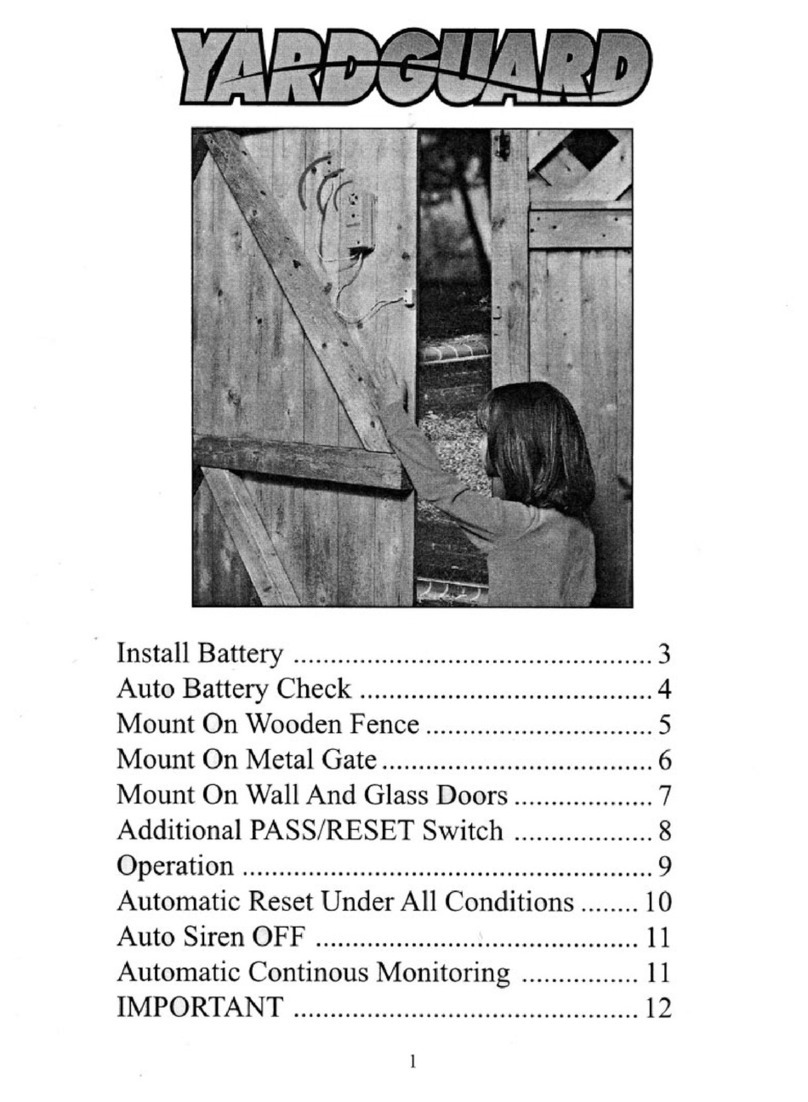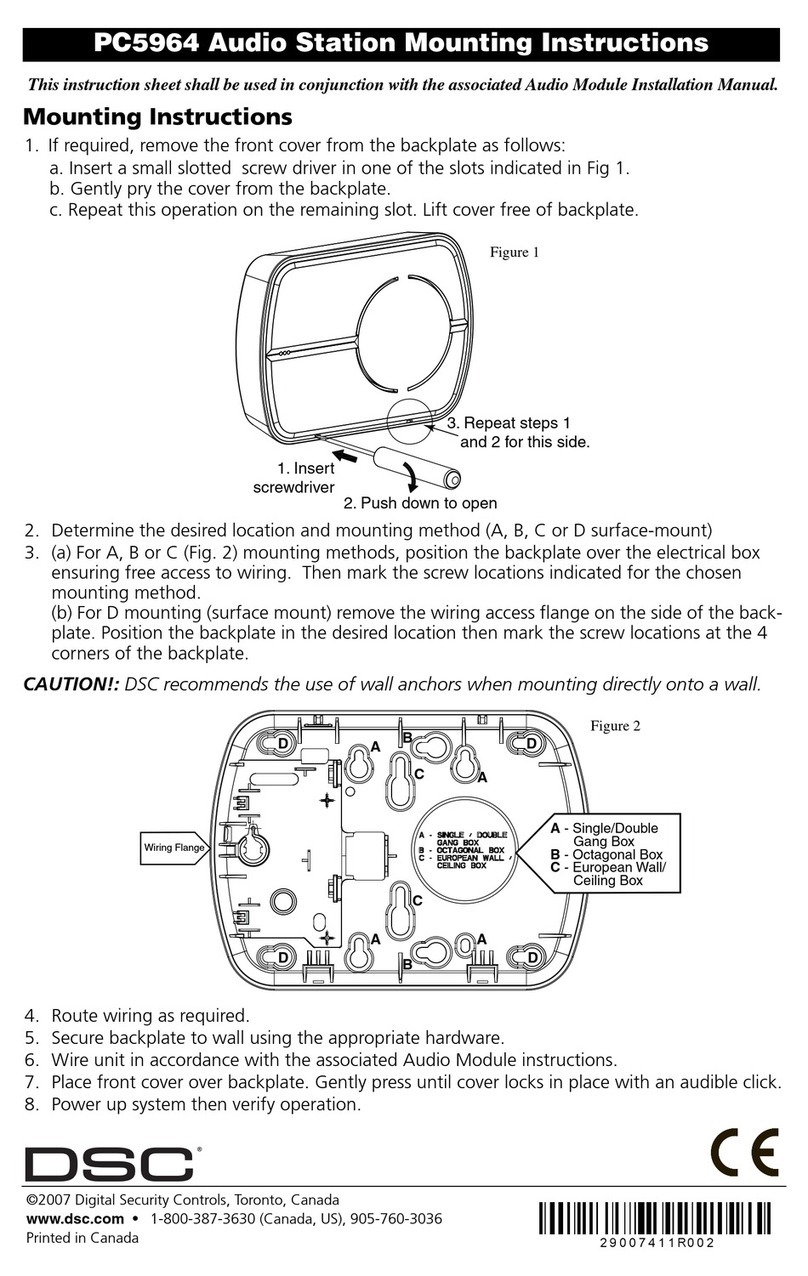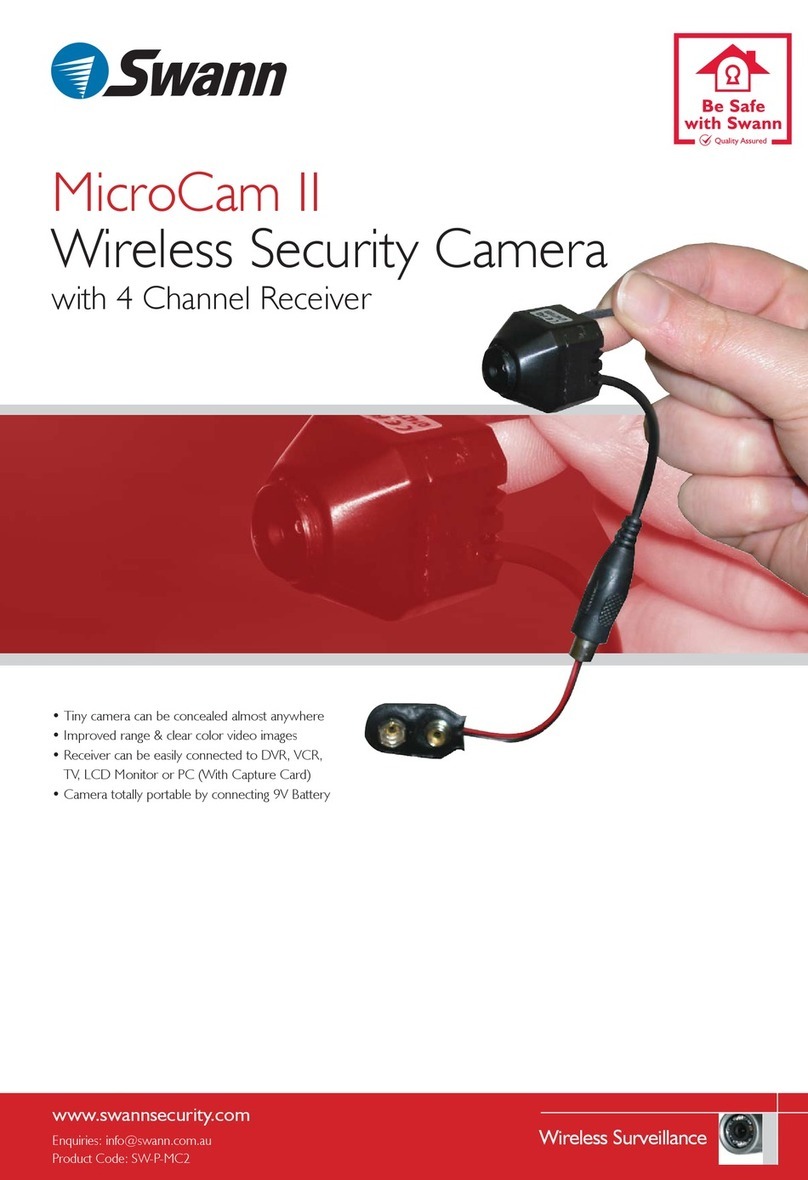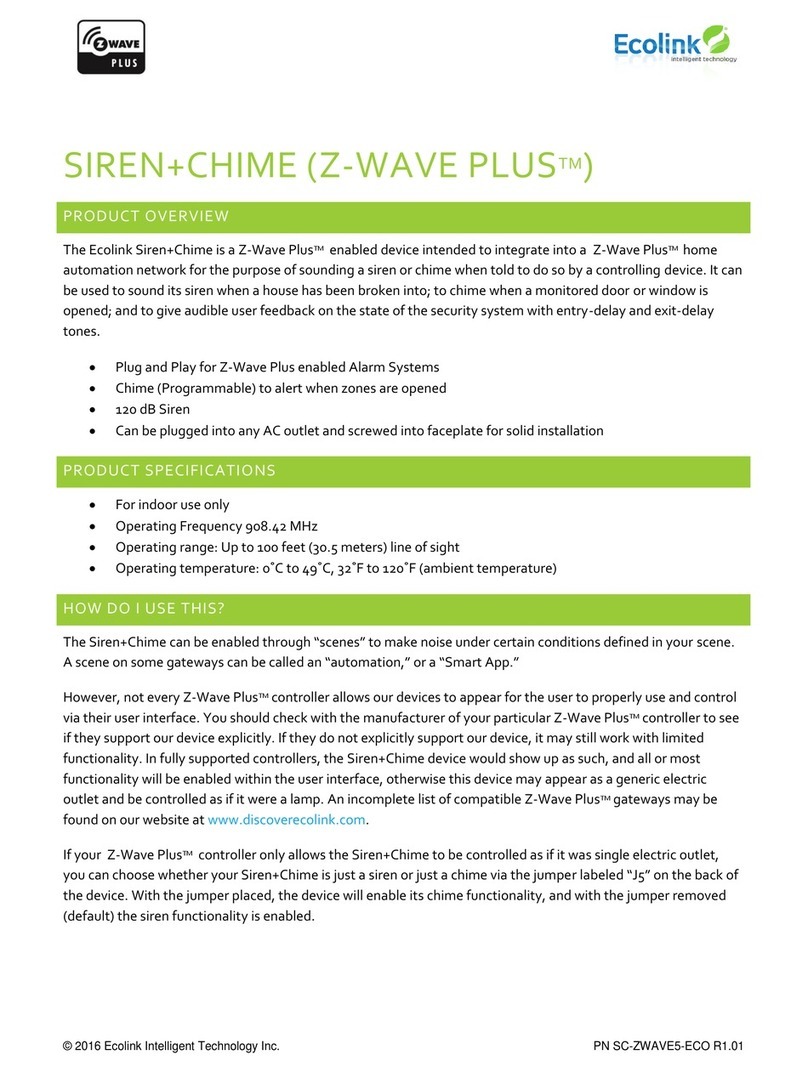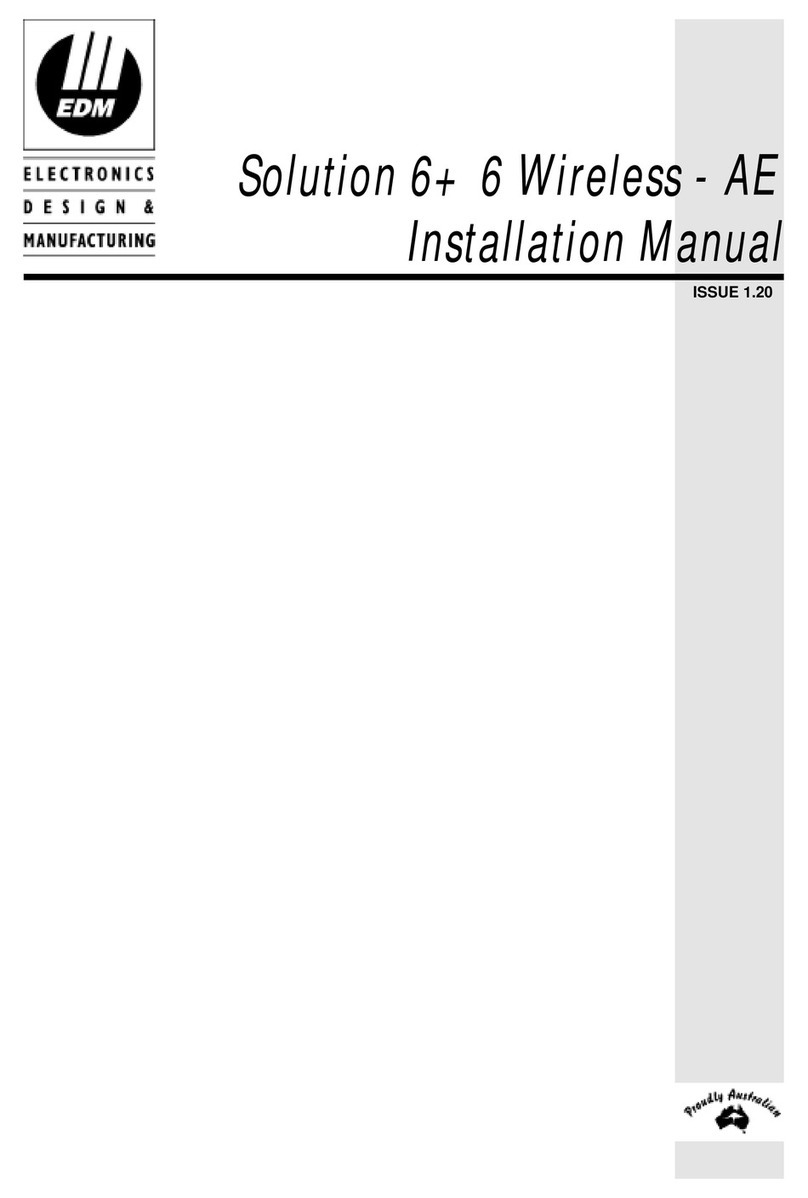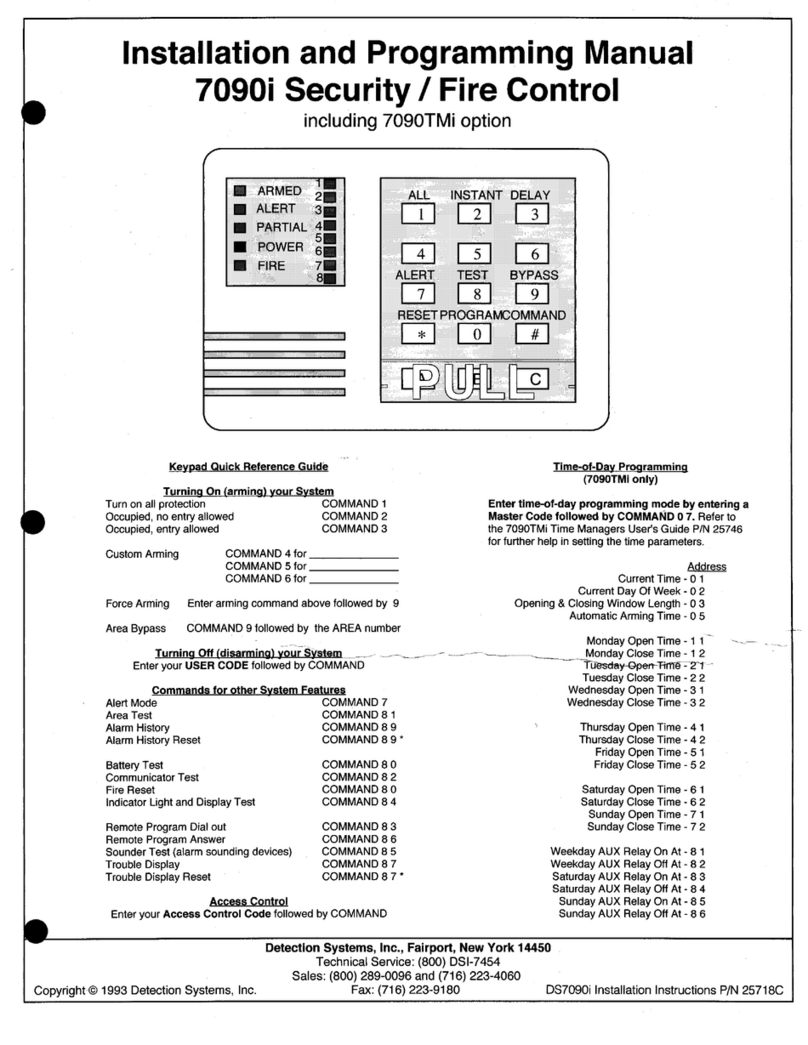
45
optical and acoustic signals of the Print Messenger. When
the printer is switched on after connecting the Print
Messenger, a test procedure will start and the Print
Messenger will give a short beep and a brief light flash.
This indicates that the Print Messenger is connected
properly and that it is in the Operation mode.
E. Operation mode and Setting mode
Operation mode
When you want the Print Messenger to function with the
printer, you should select in the print driver of the printer
“Herald: Enable”. Above settings can be selected by going
through the following steps:
“Properties”→”General”→”Printing
Preferences…”→”Operation”, there are four buttons to
indicate four positions in the “Operation” interface: “Start of
Document”, “Start of Page”, “End of Page”, “End of
Document”. Click one button where you want Print
Messenger to be enabled, and select “Herald: Enable”. The
Print Messenger will give an optical and/or an acoustic
signal. To disable the Print Messenger function, you need
to select “Herald: Disable” in the printer driver.
Setting mode
The setting mode is used to change the optical and
acoustic signals of the Print Messenger.
1. You can choose the setting mode by pressing and
holding down the MODE key while switching on the
printer. After releasing the MODE key you will hear a
short beep.
2. Modifying the settings. By pressing the MODE key
repeatedly you can switch between the modes Volume
for setting the volume of the beeps, Optical for setting
the number of light flashes and Acoustics for setting the
number of beeps. The modes are indicated by the
number of light flashes given by the Print Messenger;
Volume = 1 flash, Optical = 2 flashes, Acoustics = 3
flashes.
You can choose the mode by pressing the OK-key. By
than pressing the MODE-key you can go through the
choices of that mode. The choice is made by pressing
the OK-key. By pressing the MODE-key briefly you will
move to the next mode.
3. Save settings. You can save all settings by pressing the
MODE-key for longer than 3 seconds. After a short beep
you can release the MODE-key.
4. After switching the printer OFF and ON again, the
settings are permanently saved until you change the
settings again.
Operation Guide
Print Messenger – kitchen alarm system
Contents
A.Package contents .............................................1
B.About the Print Messenger ..............................1
C.Assembling the Print Messenger ....................1
D.Printer key-pad..................................................3
E.Operation mode and setting mode..................4
